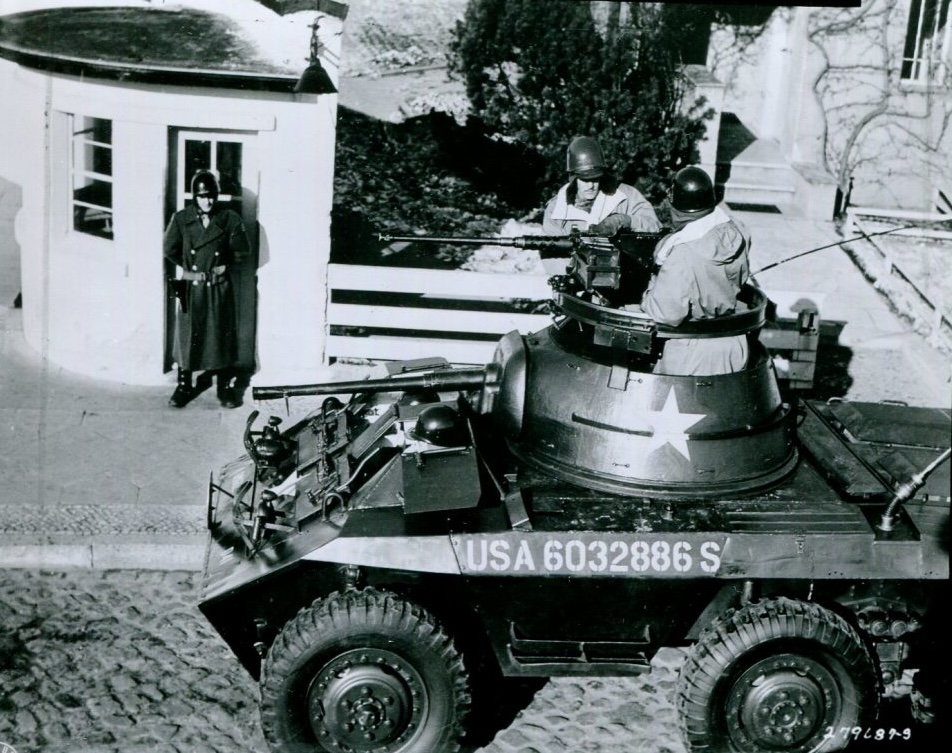
When an army of Marxist guerrillas toppled the government of a small banana republic, they never expected to have their plans thwarted by a force of just three British commandos. But that’s exactly what happened when a SAS major and two sergeants, acting on their own, took down a force of 400 revolutionaries.
IN THE SUMMER OF of 1981, the tiny west African nation of Gambia was rocked by a coup d’etat.
The president, Dawda Jawara, was out of the country attending the wedding of Charles and Diana. In his absence, one of the leader’s political rivals, a Libyan-backed Marxist, overthrew the government. Together with an army of 400 men, he took the president’s wife and family captive, along with dozens of other hostages, while seizing an armoury, the airport and a radio station in the capital Banjul.
A longtime ally of the British, President Jawara appealed to London for assistance. The Thatcher Government approached the crisis with caution. After issuing a statement condemning the coup, the British dispatched a two-man team of SAS commandos into neighbouring Senegal, which surrounds Gambia on all sides. Their orders were simple: Liaise with Senegalese troops, observe the situation as it developed and await further instructions.

The leader of the British detachment, Major Ian Crooke, was a senior officer in the elite British unit and part of the famous 1980 assault on the Iranian embassy in London. It turned out that Crooke, who already had a reputation in the British military for being something of a maverick, was going to exceed those orders… spectacularly as it turned out.
Dressed in civilian clothes and armed with little more than sub-machine guns and pistols, the major and his sergeant arrived in Senegal. Once there, the two were joined by another British commando already in the region. In short order, the trio slipped into the Gambian capital and began to take stock of the rebel strength.
After scouting rebel-held positions, Crooke concluded that the opposition’s hold on the capital was tenuous for the moment. The major gambled that his team, despite being outnumbered more than 100 to one, might be able to topple the coup on their own,
Crooke made his first objective the rescue of the president’s wife, who was being held at the city’s hospital. Disguised as doctors, the SAS men surprised and overpowered the rebels guarding the facility and easily freed the first lady and her entourage.
Next Crooke crossed back into Senegal where he convinced local troops to accompany him into Gambia to reclaim the capital and free more hostages.
Within hours, the British-led force was assaulting a rebel-held barracks. After a brief firefight, they captured the building and its defenders, freeing the remaining hostages.
Rebel morale crumbled in the face of such determined opposition and the next day, Crooke and company pushed the remaining enemy forces from the capital.
Despite Crooke’s success, the British brass were less than thrilled with his go-it-alone approach to dealing with the Gambian coup. But how could they court martial a hero, especially one who restored an ally to power, saved 100 hostages and thwarted a Marxist coup? It turns out they couldn’t. Instead they awarded him the Distinguished Service Order and promoted him to colonel. Crooke now lives in South Africa.
President Jawara remained in power for another 13 years. His government was overthrown again in 1994 and replaced by an authoritarian regime.









